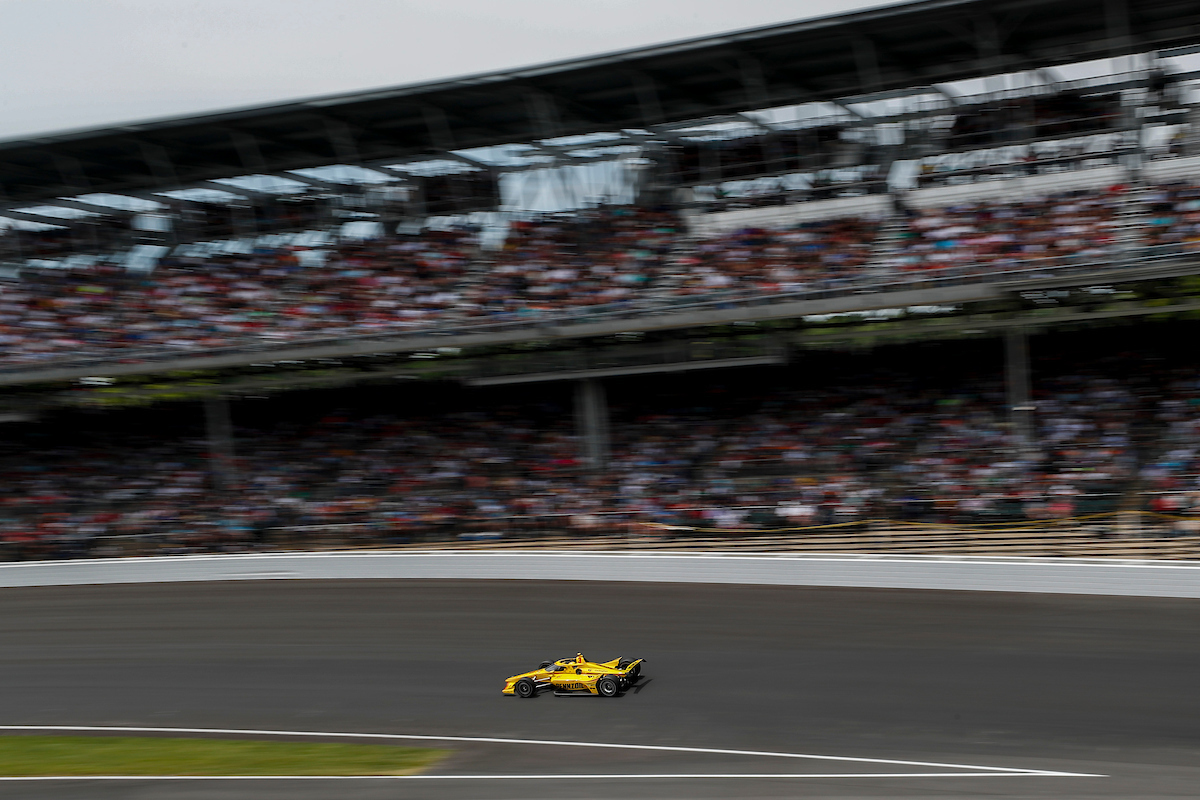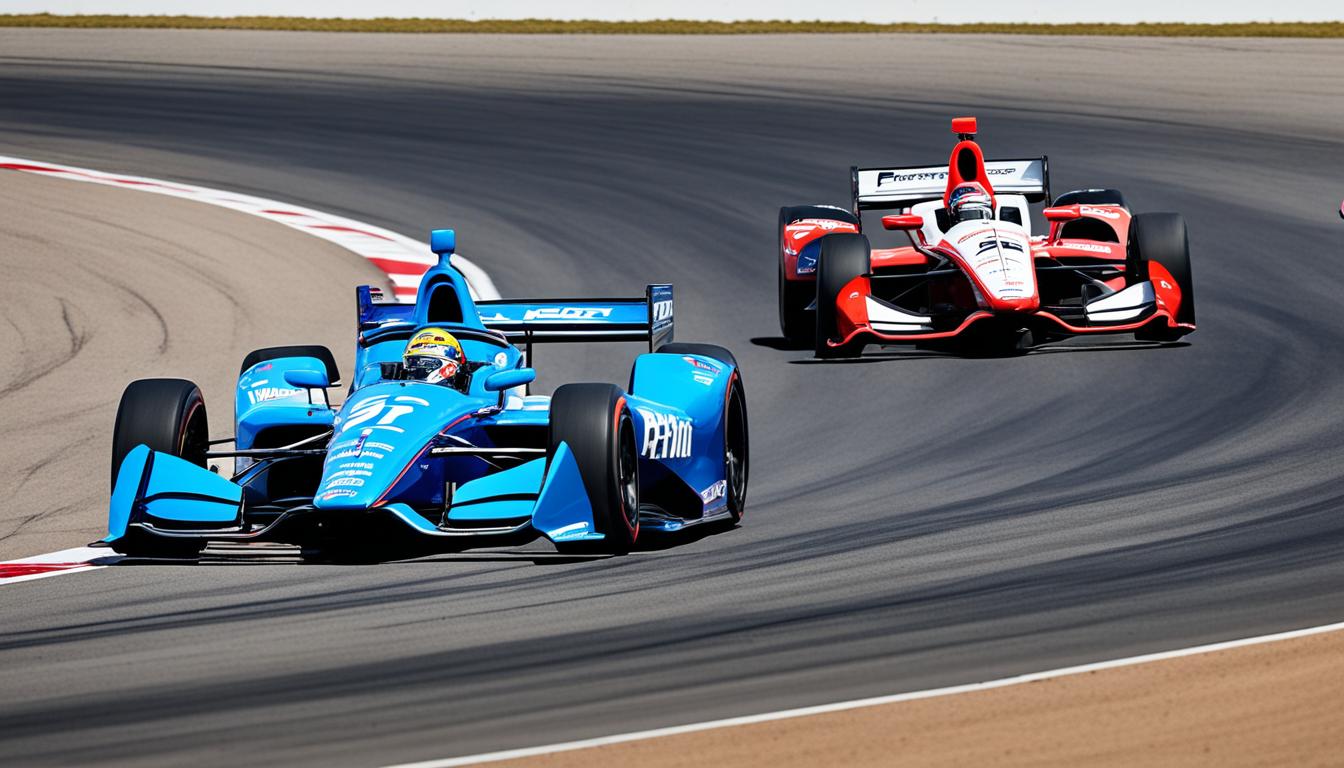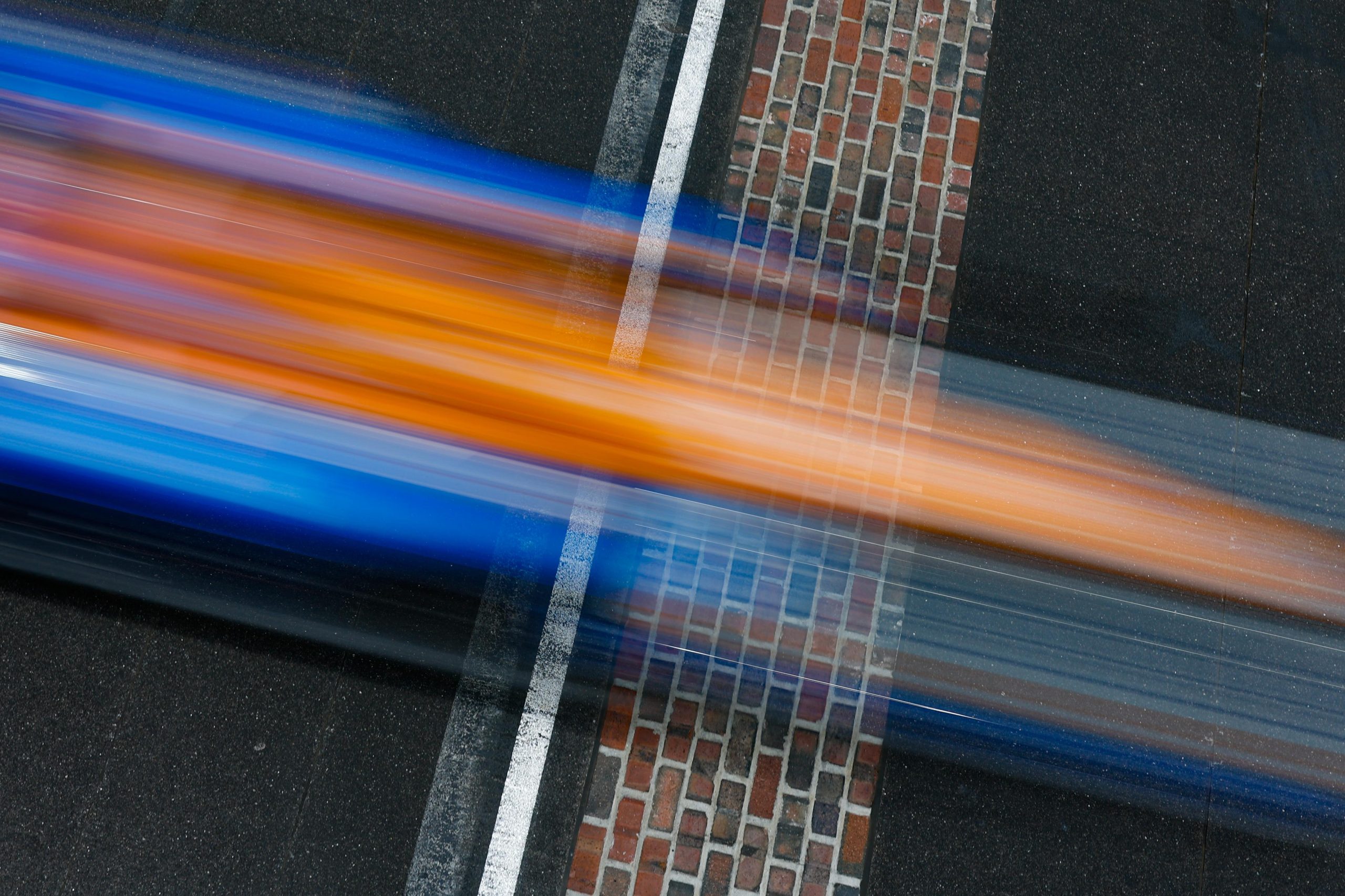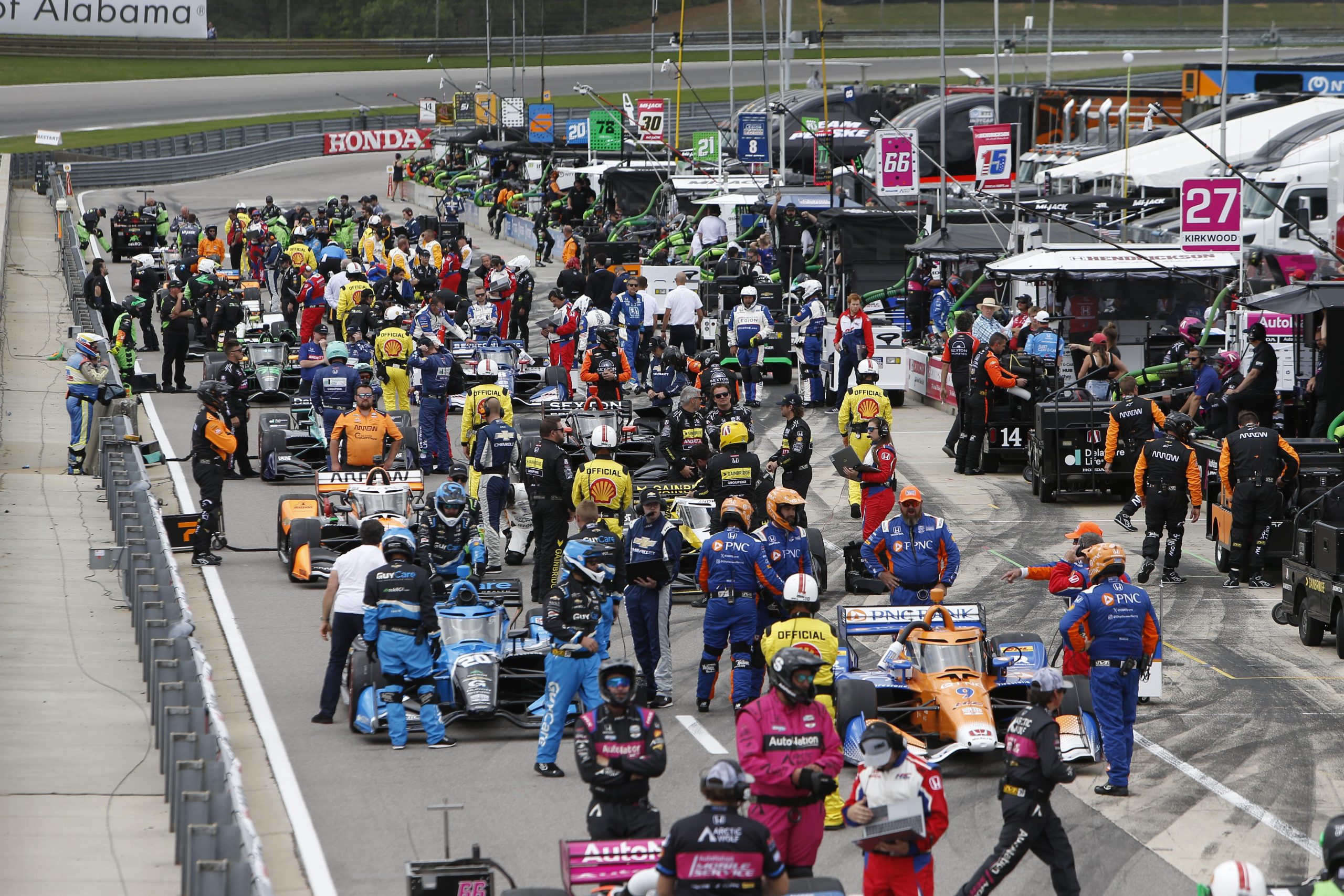Navigating The Unique Challenges Of IndyCar Street Circuits
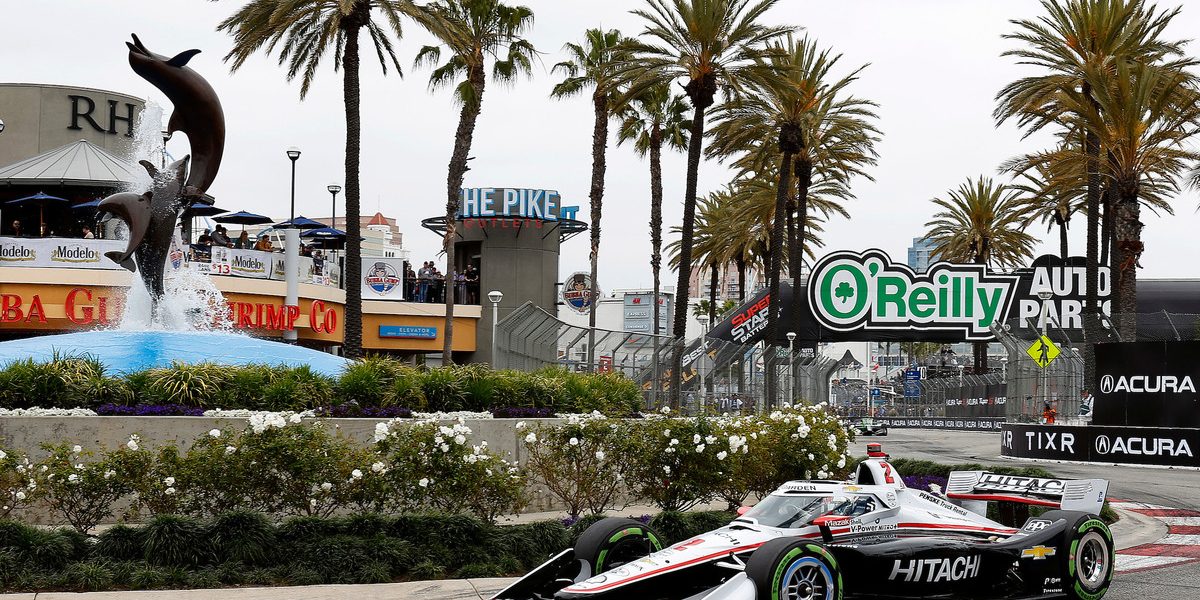
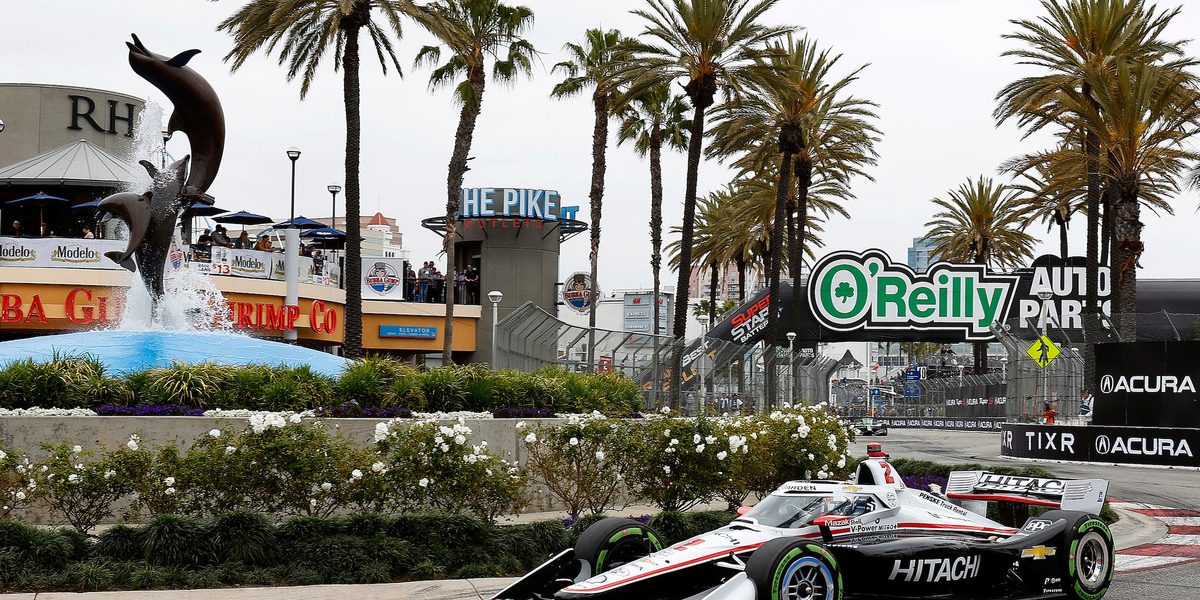
IndyCar street circuits pose a particular set of challenges that are distinct from those found in permanent racecourses. The temporary nature of these circuits sees public roads transform into high-speed racetracks, where usual street signage, pedestrians, and traffic are replaced with high-performance race cars vying for position. These environments demand high levels of concentration and skill from drivers as they race wheel-to-wheel on narrow streets lined with concrete barriers, leaving little room for error.
The diversity of street circuits adds another layer of difficulty. Each track has its own character, defined by varying surfaces, elevations, and corner complexes. For example, the new Nashville street circuit is a 2.17-mile track with 11 turns, featuring significant logistical challenges such as incorporating a bridge crossing into its layout. These factors require teams and drivers to adjust their strategies and car setups for each event, testing their adaptability and precision.
The technical aspects of street circuits are equally demanding. Safety measures, such as the placement of barriers and fencing, are critical in protecting both drivers and spectators. The introduction of new barrier sections, for instance, reflects ongoing efforts to enhance safety. Furthermore, the uneven surfaces often found on public roads can lead to a bumpy ride, influencing tire wear and vehicle dynamics, which teams need to manage throughout the race weekend. These elements combine to create a racing experience that is as gripping for the drivers as it is for the fans.
Table of Contents
The Anatomy of IndyCar Street Circuits
IndyCar street circuits represent a distinct segment of motorsport tracks, characterized by their location on city streets with diverse surface conditions and specific challenges not found on permanent racetracks.
Defining Street Circuits
Street circuits are race tracks fashioned from the existing infrastructure of city roadways. They stand apart due to the close proximity of barriers, which define the track limits instead of the expansive runoff areas typically found on road courses. As temporary venues, street circuits introduce elements such as bumpy surfaces and minimal elevation changes, demanding precision and control from drivers. Moreover, these closed-off sections of urban landscape pose significant logistical efforts in their construction and deconstruction.
Comparison With Road Courses and Ovals
While road courses are permanent racing tracks with designated runoff areas and a wider variety of turns and elevation changes, street circuits are often flatter and feature tighter corners due to the limitations of city streets. Ovals, conversely, are tracks consisting primarily of turns in one direction, usually lacking the tight turns and technical complexity of street circuits or the variety of a road course. The hard walls that line street circuits also tend to be less forgiving than the barriers at road courses and ovals, presenting high risks when errors occur. Thus, each type of circuit requires a different skill set and strategy, underlining the adaptive nature of IndyCar racing.
Key Challenges for Drivers on Street Tracks
Street racing in IndyCar presents a series of specific challenges that test the abilities of drivers. Among these are constricted tracks with unforgiving perimeters, unpredictable grip conditions, and the necessity for precision in braking and maintaining traction.
Navigating Tight Turns and Walls
Drivers face the risk of encounters with barriers as streets are not designed with racing in mind. The circuits are lined with concrete walls that leave little room for error. Mastery over vehicle control and spatial awareness is essential, given the constrained space for maneuvering.
Adapting to Variable Grip Levels
The grip level on street circuits can vary considerably, presenting a challenge for maintaining consistent performance. Surfaces can change from one section of the track to another and evolve throughout the race as rubber builds up. Drivers must continuously adapt to these conditions to avoid losing control.
Braking Techniques and Traction Issues
Significant skill is required to manage braking zones effectively, as they often lead into tight corners with little traction. Correctly judging the amount of braking force to apply while maintaining enough traction to avoid sliding or spinning out is a test of a driver’s skill and experience.
Street Circuit Preparations and Strategy
Preparing for a street circuit in IndyCar involves specific car setups and strategic planning to navigate the distinct challenges of racing on temporary tracks amidst cityscapes.
Set-Up and Adjustments for Street Courses
Car preparation for street courses requires a significant departure from the set-up used on permanent racetracks. Teams focus on creating a car that can handle abrupt changes in surface condition, tight corners, and the lack of run-off areas. Here’s a concise summary of the crucial adjustments:
- Suspension: Softer to absorb bumps and curbs.
- Brakes: Upgraded to withstand heavier use.
- Gear Ratios: Adjusted for shorter bursts of speed and quick acceleration.
- Downforce: Increased to enhance grip in slower corners.
These adjustments aim to deliver the blend of agility and stability essential for the variances found in city circuits.
Qualifying and Race Tactics
Qualifying in street circuits is critical, as passing opportunities are scarce during the race. Teams and drivers meticulously plan to secure a spot at the front of the grid, understanding that track position can make or break their race day prospects.
During the race, strategy revolves around several key aspects:
- Fuel Management: Keeping the car as light as possible for qualifying without compromising on the number of laps one can complete at race pace.
- Tire Choices: Deciding between durability and grip can dictate a driver’s power on the track.
- Overtaking Opportunities: Identifying and exploiting braking zones and corners for passing.
Street races often require a reactive approach due to the frequency of safety cars; thus, teams must be prepared to adjust their tactics in response to these events.
Weather Impacts and Safety Measures
The performance of IndyCar vehicles on street circuits is heavily influenced by changing weather conditions, necessitating a series of safety measures for drivers and spectators.
Racing in Wet Conditions
Races on street circuits present a challenge as these tracks often double as public roads, which are not primarily designed for high-speed motorsport competition. The IndyCar series has adapted by implementing rain vanes on the front suspension access panel to improve vehicle stability in wet conditions. Furthermore, the aeroscreen—designed to protect drivers from flying debris—had its performance scrutinized in rain scenarios, leading to technical modifications that are responsive to feedback from drivers about visibility issues during precipitation events.
Ensuring Driver and Spectator Safety
Driver safety is maximized via advanced vehicle design and responsive technical changes. The IndyCar Dallara IR-18 model, for example, represents a combination of stable chassis design and advanced technology, aiding in driver safety even on the variable surfaces of public roads-turned race tracks.
For spectator safety, procedural rules are established to react promptly to weather changes. For instance, during qualifying sessions, should wet conditions prompt a red flag, the clock halts to allow for track assessment and safety measures to be implemented without time pressure. Such protocols are critical, not just to protect the competitors, but also to minimize risk for spectators attending the event.
Historical and Notable Street Circuits in IndyCar
IndyCar has established a significant place in the landscape of motorsports with its inclusion of street circuits, which offer a distinct racing experience compared to traditional racetracks. These circuits have played a key role in the evolution and character of the IndyCar series.
Famous Street Races in the NTT IndyCar Series
Long Beach Grand Prix: Dubbed the “Monaco of IndyCar,” the Long Beach Grand Prix stands out as one of the most prestigious street races, having a deep heritage that dates back to the late 1970s. Its coastal scenery and challenging layout have made it a favorite among drivers and spectators.
Toronto: The streets of Exhibition Place have hosted the Toronto Indy since the mid-1980s. Characterized by its tight corners and frequent braking zones, this circuit tests driver skills and attracts scores of racing fans every summer.
Grand Prix of St. Petersburg: The St. Pete circuit has become an essential part of the NTT IndyCar Series since the early 2000s. It is often the season opener, providing a scenic waterfront route through downtown St. Petersburg and its adjacent airfield.
Detroit Grand Prix: Held on Belle Isle, this race is significant for the challenges it poses, including tight turns and varying surfaces. It’s a testament to the resilience and adaptability needed for street circuit success.
Australia (Surfers Paradise): Although not currently on the schedule, the Surfers Paradise street circuit was a prominent overseas race for IndyCar in the 1990s and 2000s. Its fast straights and demanding chicanes were daunting for drivers yet thrilling for fans.
Nashville: The newest addition, the Music City Grand Prix in Nashville, features a distinctive layout that includes a section over the Korean War Veterans Memorial Bridge – a unique aspect that sets it apart from other courses.
Impact of Street Circuits on IndyCar’s Popularity
The inclusion of street races has significantly shaped the growth and fan appeal of the NTT IndyCar Series. Street circuits are often located in urban centers, making them accessible to a broad audience, which has bolstered attendance and viewership. These races offer the thrill of IndyCar racing juxtaposed against familiar city vistas, making for captivating TV broadcasts and live spectating experiences. Moreover, the unpredictable nature of a street circuit race, where the proximity of barriers raises the stakes for drivers, contributes to the drama and allure of the event, further solidifying IndyCar’s place in the arena of motorsports.







